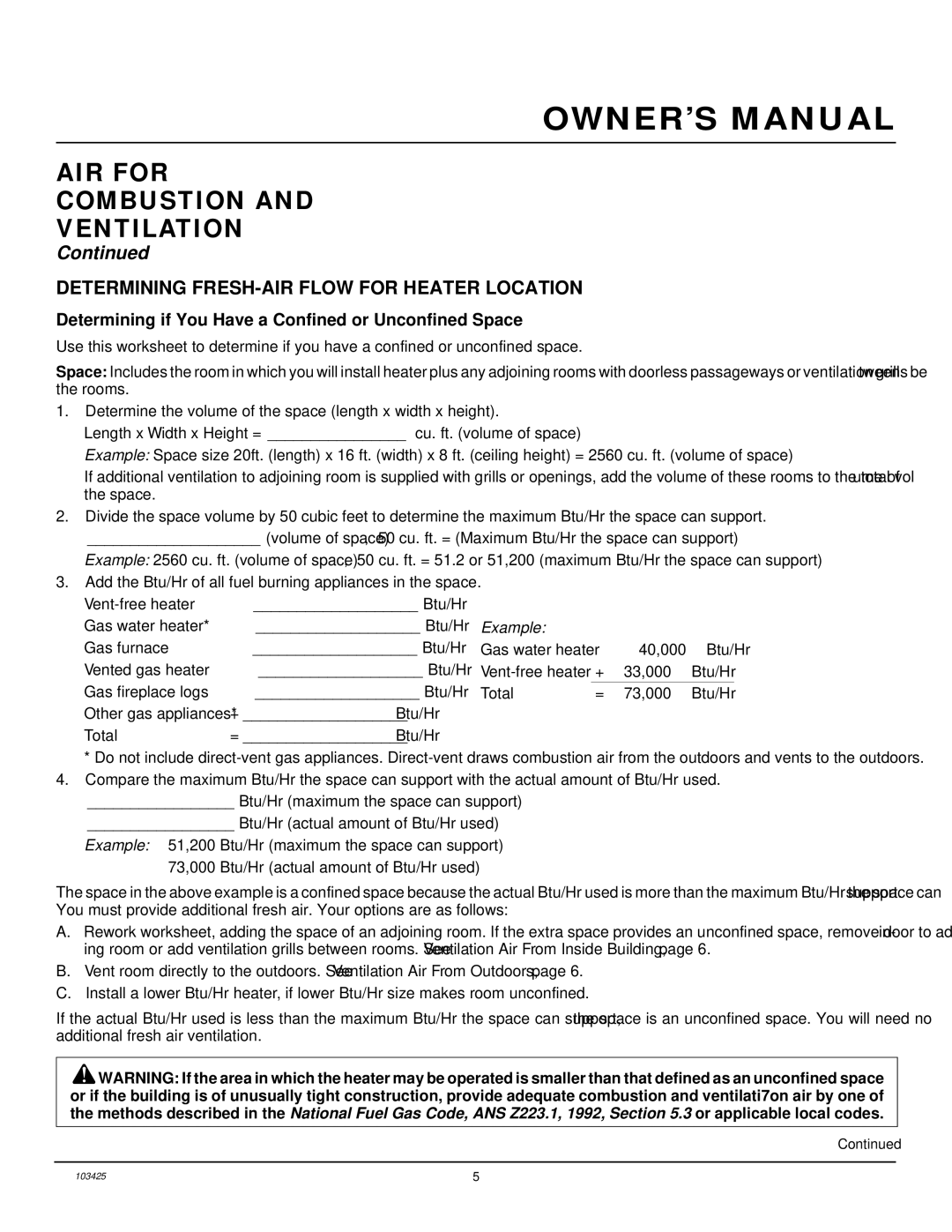CGG2618P, CGG3324P(T), CGG3630P specifications
Desa CGG2618P, CGG3630P, and CGG3324P(T) are exceptional models from Desa that showcase innovative technology and thoughtful engineering, tailored for a variety of heating needs. Each of these models brings unique features and characteristics, catering to both residential and commercial applications while ensuring efficiency and performance.The CGG2618P model is known for its compact design and powerful heating capabilities. It features a 26,000 BTU heating capacity, making it an ideal choice for spaces that require rapid and effective warmth. The unit employs advanced ceramic combustion technology that enhances fuel efficiency, allowing users to enjoy the comfort of heat without excessive energy consumption. Its user-friendly interface includes an adjustable thermostat, enabling precise temperature control tailored to individual preferences. Furthermore, the CGG2618P is equipped with safety features such as an automatic shut-off system, ensuring peace of mind during operation.
Moving on to the CGG3630P, this model boasts a larger heating capacity of 36,000 BTU, making it suitable for larger areas. This unit utilizes a dual burner system, which ensures even heat distribution throughout the space. The CGG3630P is designed with advanced insulation materials that contribute to its energy efficiency, minimizing heat loss and enhancing performance. Additionally, it offers multiple heat settings, allowing users to easily adjust the temperature based on their specific needs, whether it’s for quick heating or maintaining a steady warmth.
The CGG3324P(T) model distinguishes itself with its time and temperature control capabilities, making it a versatile option for users who want to schedule heating in advance. This model features a programmable thermostat, which can be programmed for different heating times throughout the day, promoting convenience and energy savings. With a 33,000 BTU capacity, the CGG3324P(T) is capable of heating medium to large rooms efficiently. Its sleek design and modern aesthetics allow it to blend seamlessly into various decor styles while its robust construction ensures durability.
All three models are equipped with high-performance safety features, offering reliable operation without compromising user safety. With their distinctive technologies and attributes, Desa CGG2618P, CGG3630P, and CGG3324P(T) provide effective and efficient heating solutions suitable for diverse settings, ensuring warmth and comfort all winter long.

